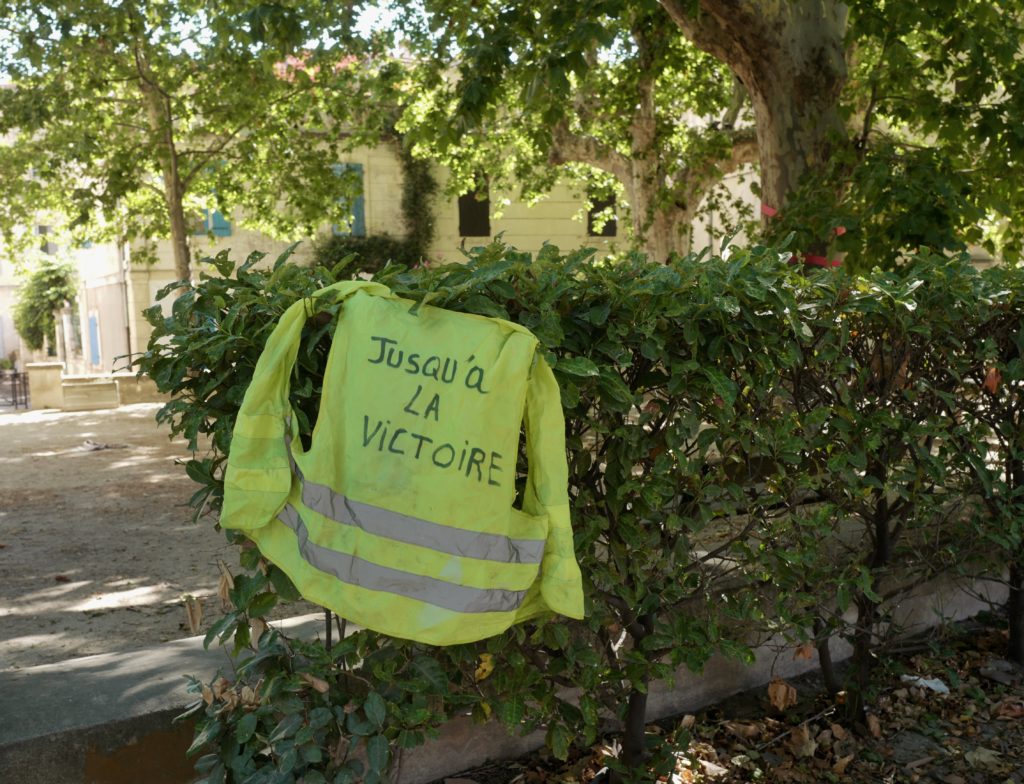Last Saturday the former Chancellor of the Exchequer, Philip Hammond, claimed that Boris Johnson was pursuing the interests of financial backers who are set to gain from a no-deal Brexit. Hammond said he was only repeating a comment made by Rachel Johnson, the Prime Minister’s sister. Since some of Johnson’s financial backers run hedge-funds, this sounded like a good conspiracy theory. Indeed Robert Harris, the best-selling thriller writer, tweeted that the claim that Johnson wanted a hard Brexit so that his backers in the City wouldn’t lose billions alleged “corruption on a scale I wouldn’t dare put in fiction”.
Frances Coppola, writing for Forbes, isn’t impressed by this particular conspiracy theory. “To be sure”, she writes,
some hedge fund managers make no secret of their desire for no-deal Brexit. Crispin Odey, for example, not only backed Johnson for Prime Minister but – according to a recent Channel 4 documentary – also advised him to suspend (“prorogue”) Parliament to force through no-deal Brexit. Johnson’s attempt to follow Odey’s advice ended ignominiously when the U.K.’s highest court ruled it unlawful.
Coppola’s point seems to be that most of the journalists covering this particular story doen’t seem to know much about how hedge-funds work. It is possible to profit from no-deal Brexit even if you don’t support it. “Shorting the pound”, she writes, “would be a no-brainer for anyone in the hedge fund fraternity, however pristine their Remain credentials.”
The conspiracy theory suggests that as October 31 approaches with no sign of a deal, hedge-funds might short the pound whether or not they backed Johnson’s campaign.
But that’s not what is being alleged by those who claim that speculators are placing billions of pounds of bets on no-deal Brexit. No, the focus is on equities. According to The Sunday Times, hedge funds like Odey are shorting British companies in expectation of a stock market crash if the U.K. leaves the EU without a deal. Allegedly, Odey has placed £300m ($370m) of bets against a variety of U.K. companies.
Investigating the list of his 14 currently active shorts, Coppola thinks that they are standard hedge-fund operations — betting against companies that are in trouble for reasons that have little or nothing to do with Brexit. “In short”, she concludes,
In short, despite his vocal support for no-deal Brexit, I don’t see any evidence that Odey’s funds are shorting U.K. companies in anticipation of no-deal Brexit. If I were to criticize Odey for anything, it would be for high fees and an uninspiring performance.
Nice piece of debunking. And of good journalism. And I wouldn’t put it past Robert to use the plot in one of his next books!

